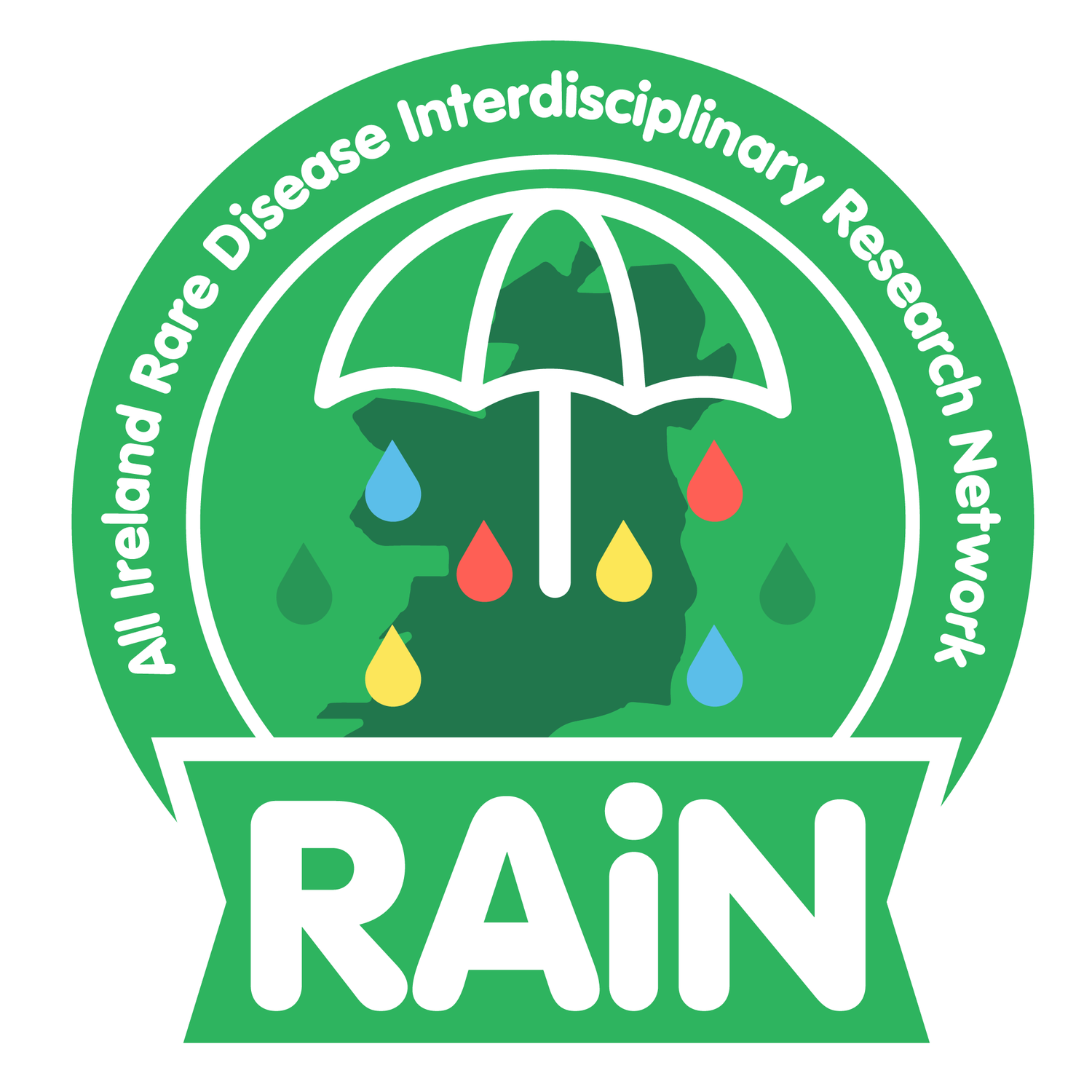Rare Diseases
What are Rare Diseases?
‘Rare disease’ is a collective term for a group of disorders with a broad diversity of signs and symptoms. In the European Union, a rare diseases is classed as one that affects less than one person in 2,000 (EURODIS, n.d.). Although each individual disease is rare, together these rare diseases are common in our society.
Rare diseases tend to be present at birth and affect the trajectory of the individual's physical, intellectual, and/or emotional development. Many people living with a rare disease experience chronic debilitating illnesses with significant unmet health, social, psychological, and educational needs.
Early detection, diagnosis, and intervention can prevent death or disability and enable individuals to reach their full potential living with their rare disease.
Why are Rare Diseases a Priority?
-

GLOBALLY
It is estimated that there are 400 million people living with a rare disease across the world. In December 2021, the UN adopted the first-ever UN Resolution on “Addressing the Challenges of Persons Living with a Rare Disease and their Families” (United Nations, 2022). -

IN EUROPE
Approximately 30 million people across Europe have a rare disease. Rare diseases have long been a priority area for the European Union, which funds organisations such as European Reference Networks (ERNs) and research programmes in rare diseases, such as Solve-RD and E-Rare-3 (European Commission, 2022). -

ACROSS THE ISLAND OF IRELAND
Rare diseases represent a major public health concern across the island of Ireland with more than 400,000 people impacted (HSE, 2022; Northern Ireland Department of Health, 2022). Ireland has a high prevalence rate for a significant number of RDs (The National Clinical Programme for Rare Diseases, 2019).
-
This depends on where in the world you are. Globally, there are different definitions for what is considered a rare disease. In the United States of America, a rare disease is one that affects less than 200,000 people. In Europe, a rare disease is one that affects equal or less than 5 per 10,000 people, which amounts to around 30 million people.
-
It is estimated that there are up to 10,000 rare diseases, and as science such as genomics advances, more and more are being identified.
-
Rare diseases can be categorised according to the body system they affect (e.g., neurological/ metabolic/ etc.). They can also be further defined by their rarity - ultra rare diseases are those that affect less than one person per 50,000.
-
Unfortunately, many rare diseases cannot be cured, and as much as 95% lack approved treatments. The treatments for rare diseases can take years to become available to patients, due to lack of knowledge, regulatory barriers, the safety and financial risks of drug development for small populations, and a lack of systematic application of best practices.


